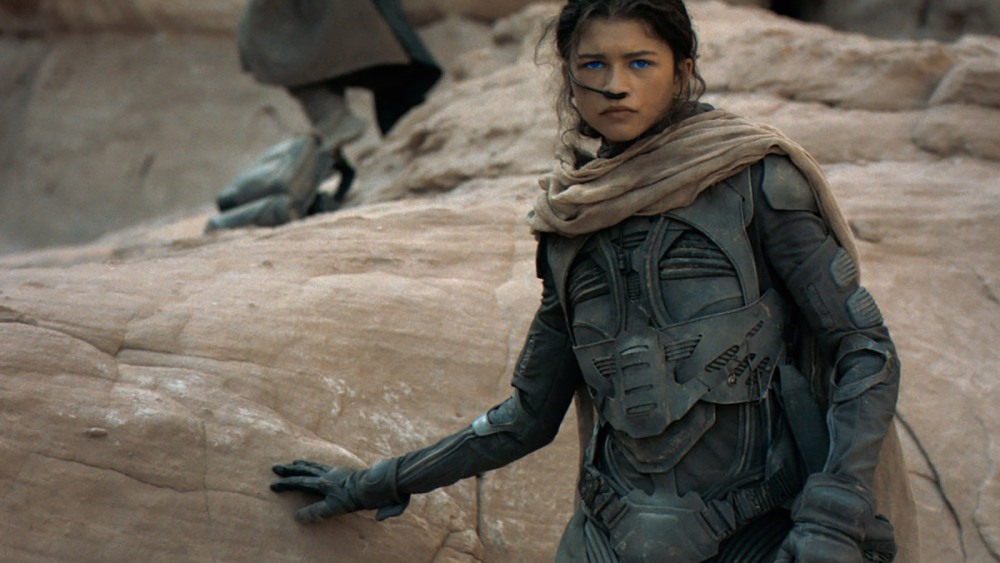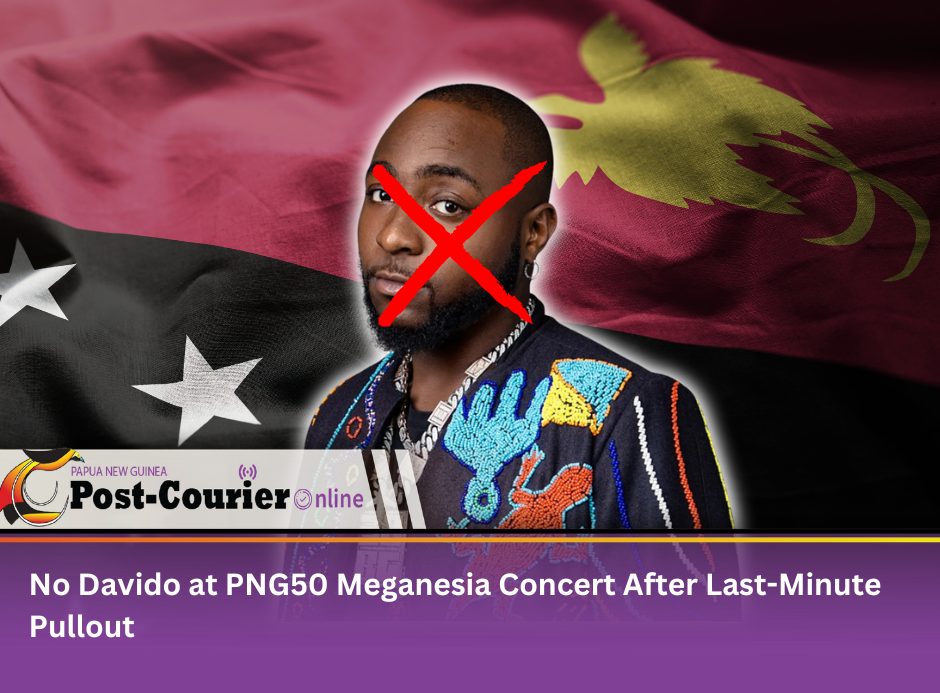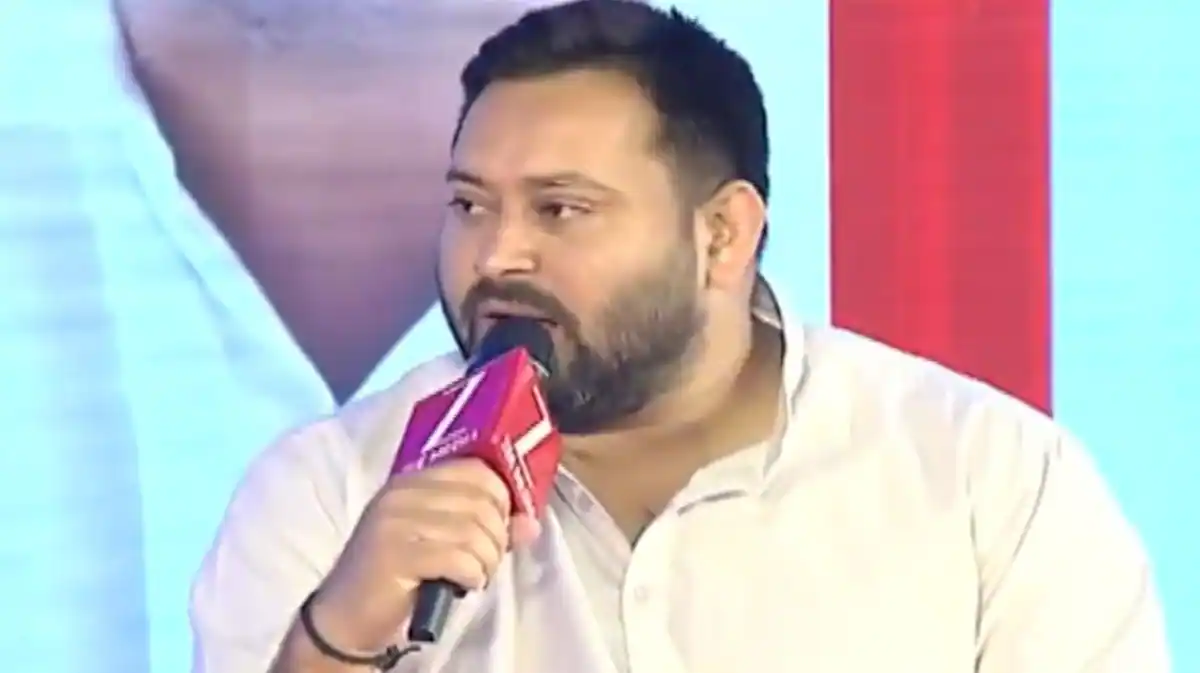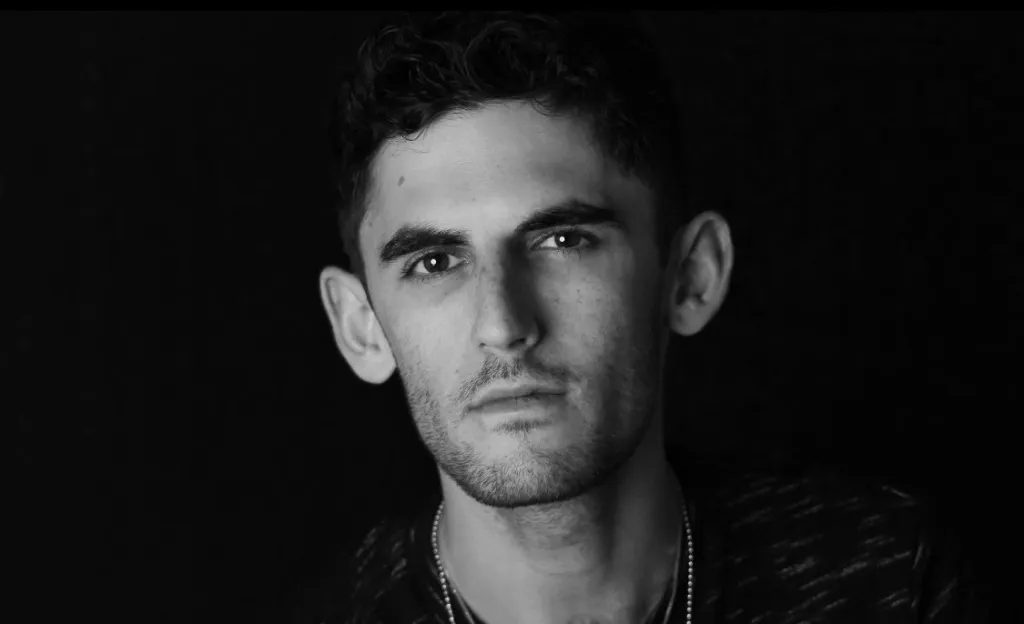
As Jordan steps into the spotlight at this year’s Busan International Film Festival, the Kingdom’s track record on screen speaks for itself. From the sandstone cliffs of Wadi Rum to the carved façades of Petra and the bustling streets of Amman, Jordan has offered filmmakers landscapes and cityscapes that need little digital augmentation. Backed by the Royal Film Commission, generous rebates and royal patronage, Hollywood blockbusters and indie auteurs alike have found the support and crews they need on location in Jordan. These 10 titles, ranging from David Lean’s Oscar-winning epic to Netflix’s first Arabic-language series, illustrate how the country has become both backdrop and partner for some of cinema’s most ambitious projects, helping to shape stories seen around the world.
‘Lawrence of Arabia’ (1962)
(David Lean, U.K, U.S. Co-production partners: Horizon Pictures, Columbia Pictures (distribution))
David Lean’s “Lawrence of Arabia” remains one of cinema’s foundational epics, with Jordan providing some of its most memorable vistas. Wadi Rum and other desert locations gave the film its vast, unforgiving landscapes, grounding the story of T.E. Lawrence in real terrain rather than studio sets. The Oscar-winning production put Jordan on the map for filmmakers, establishing a desert backdrop that Hollywood has returned to again and again.
‘Indiana Jones and the Last Crusade’ (1989)
(Steven Spielberg, U.S. Co-production partners: Lucasfilm, Paramount Pictures)
One of “Indiana Jones and the Last Crusade’s” most iconic moments is shot at Petra’s famed Al Khazneh (The Treasury), used in the film as the entrance to the Holy Grail’s templar resting place. Although much of the blockbuster was filmed elsewhere, that scene transformed Petra into a cinematic landmark. The exposure brought the Kingdom global recognition and a boom in tourism. The film remains a defining example of how a single Jordanian location can become a pop-culture icon.
‘Dune’ (2021/Part Two, 2024)
(Denis Villeneuve, U.S. Co-production partners: Legendary Pictures, Warner Bros. Pictures, Villeneuve Films)
Denis Villeneuve shot key sequences of both episodes of the saga in Jordan’s Wadi Rum, whose crimson dunes and sandstone cliffs defined Arrakis, the desert planet at the heart of “Dune.” The sweeping landscapes gave the film its signature look, with minimal need for CGI. Coordinated by the Jordan Royal Film Commission, the shoot reinforced Jordan’s reputation as Hollywood’s desert of choice. Linking back to classics like “Lawrence of Arabia,” “Dune” shows how the Kingdom continues to provide otherworldly landscapes for big-screen productions.
‘Prometheus’ (2012)
(Ridley Scott, U.S. Co-production partners: 20th Century Fox, Scott Free Productions, Brandywine Productions, Dune Entertainment)
In “Prometheus,” Ridley Scott’s search for otherworldly geography led production to Jordan’s Wadi Rum Nature Preserve. Its jagged cliff faces, sweeping dunes and dramatic ridges provided the backdrop for the alien world of LV-223. The range of natural terrain precluded the need for much CGI. The contrast between raw landscape and sci-fi design distinguishes “Prometheus,” and continues Jordan’s draw as an off-Earth stand-in for filmmakers who want real textures in their visuals.
‘Zero Dark Thirty’ (2012)
(Kathryn Bigelow, U.S. Co-production partners: Annapurna Pictures, Columbia Pictures, First Light Production)
Bigelow’s thriller filmed extensively in Jordan, including in Amman and at the Dead Sea, where a full-scale replica of Osama bin Laden’s Abbottabad, Pakistan compound was constructed. Jordan’s stability and cooperation made it possible to recreate sensitive Pakistan-set sequences that could not be shot on location. Some interiors were staged in active Jordanian prisons, adding grit and realism to the final project. The production underscored the country’s reliability for politically-charged material, while also showcasing its crews’ ability to support complex Hollywood shoots.
‘Theeb’ (2014)
(Naji Abu Nowar, Jordan, United Kingdom, United Arab Emirates, Qatar. Co-production partners: Bayt Al Shawareb, Noor Pictures, Film Clinic, Gecko Productions)
Directed by Naji Abu Nowar, “Theeb” was filmed in southern Jordan, including in Wadi Rum, Wadi Araba and remote canyon areas, featuring largely Bedouin non-professionals. Set during the early 20th century Arab Revolt, it’s a slow-burn tale of survival, betrayal, and coming of age. “Theeb” was nominated for best foreign language film at the Oscars and won a BAFTA for outstanding debut. It proved that Jordanian stories, rooted in local tradition and land, can carry weight on the world stage.
‘The Martian’ (2015)
(Ridley Scott, U.S. Co-production partners: 20th Century Fox, Scott Free Productions, Kinberg Genre, TSG Entertainment)
Ridley Scott returned to Jordan for “The Martian,” once again choosing Wadi Rum, this time to represent the red, forbidding terrain of Mars. Though interior scenes were shot elsewhere, “The Martian” exteriors are powerfully grounded in the Jordanian desert. The Royal Automobile Museum in Amman now houses the rover used in the film, a tangible monument to Jordan’s starring turn in blockbuster space cinema. As Scott said when returning to Jordan after “Prometheus”: “I knew where to go … I’d been there twice before … Stayed in Aqaba and drove 40 minutes every morning to this wonderful desert,” a testament to Wadi Rum’s eternal pull.
‘All the Money in the World’ (2017)
(Ridley Scott, U.S, U.K. Co-production partners: Scott Free Productions, TriStar Pictures, RedRum Films, Imperative Entertainment)
In “All the Money in the World,” Scott once again returned to what he’s called the “beauty of Wadi Rum.” Jordan served as a stand-in for Middle Eastern exteriors during key scenes in the true-crime drama of John Paul Getty III’s kidnapping. The desert exteriors offered convincing North African landscapes, while local crews and logistical backing smoothed production. The production leaned on local support and logistical stability, helping ground its 1970s political intrigue in convincing regional textures without compromising scale.
‘Aladdin’ (2019)
(Guy Ritchie, U.S. Co-production partners: Walt Disney Pictures, Rideback)
Guy Ritchie’s “Aladdin” live-action remake starring Will Smith leaned on Jordan for some of its sweeping desert scenes, especially in Wadi Rum, which helps conjure the mythical realm of Agrabah. The location’s dunes and rock formations provided scale and fantasy, complementing the film’s lavish costumes and musical numbers. By tying a blockbuster Hollywood fairytale to real Middle Eastern terrain, the film placed Jordan squarely in the visual imagination of a new generation.
‘Jinn’ (2019)
(Mir-Jean Bou Chaaya, Amin Matalqa, Jordan. Co-production partners: Kabreet Productions, Netflix)



